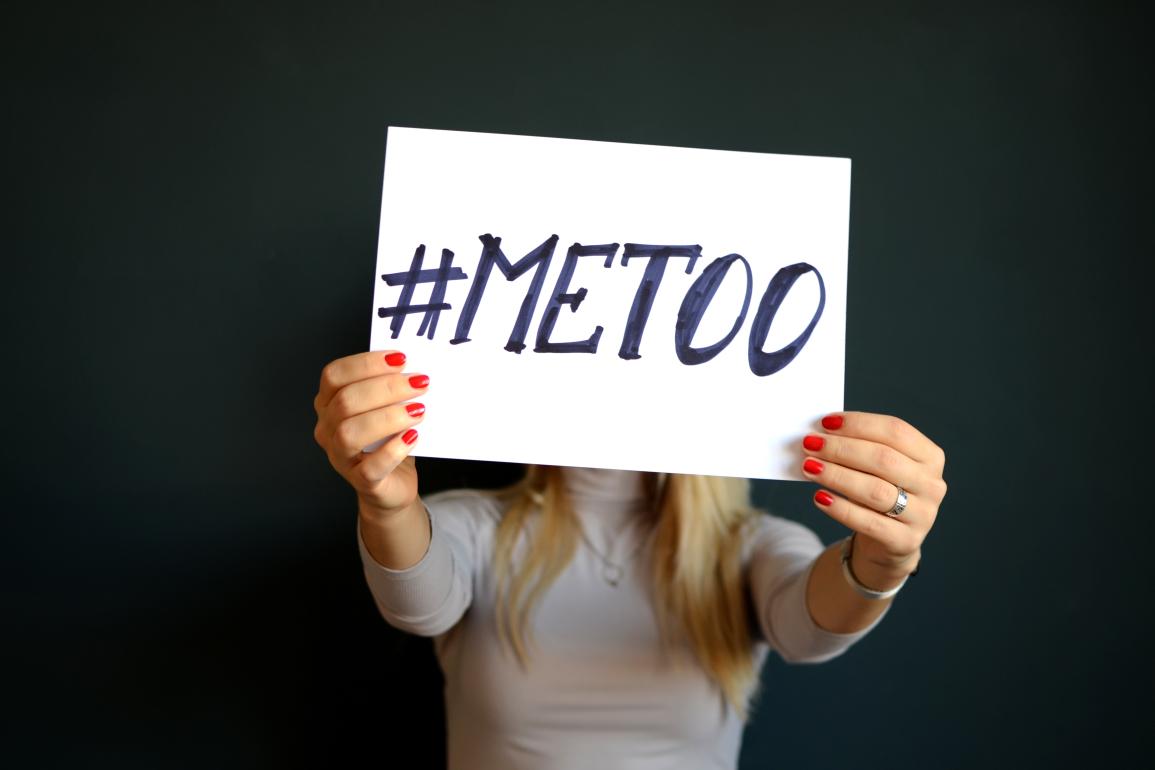
Tech's Dirty (Not So Little) Secret
This is the story that isn’t being told, but needs to be. Women are being harassed in the tech sector at an alarming rate, and it isn’t being reported. The stories that have been told by the media, and the women who have come forward, are not isolated incidences. This is an epidemic.
Women Who Tech partnered with polling firm Lincoln Park Strategies in August of 2017 to anonymously survey 950 tech employees, founders, and investors globally on their experiences in the tech sector because very little data has been gathered. Here's what we learned:
- Of 731 total women surveyed, 300 have experienced harassment in tech. That’s 41% of women surveyed.
- Of 350 women founders surveyed, 155 have experienced harassment in tech. That's 44% of women founders surveyed.

Women Founders Propositioned for Sex in Exchange for Funding
For women founders who were harassed:
- 77% experienced sexist harassment.
- 45% experienced sexual harassment.
- 65% who were sexually harassed were propositioned for sex in exchange for funding, introductions, a job, etc. In comparison, only 10% of male founders experienced sexual harassment and 0% of male founders were propositioned for sex.
It's also worth noting that several founders who were surveyed had investors say inappropriate things to them during the meetings.
- 25% of women founders said investors they met with asked about their dating life compared to 3% of men founders.
- 37% of women founders said that investors commented on their physical appearance compared to 11% of men founders.
- 28% of women founders said that investors questioned their ability to lead the company because of their gender compared to 0% of men founders.
53% of women tech employees experienced harassment at work vs. just 16% of men
While our data shows that harassment impacts all genders in tech, it’s far more prevalent for women. 53% of women tech employees experienced harassment at work vs. just 16% of men.
The most common perpetrator of harassment, as reported by women, was another employee; though, 41% of women tech employees were harassed by their supervisors— this is absolutely a misuse of a position of power and privilege. The findings also showed that:
- 72% of women experienced sexist harassment, but offensive slurs (51%) and sexual harassment (45%) were also very common.
- Among those who were sexually harassed, 57% experienced unwanted touching.
- Among the 38% who were propositioned for sex, 13% were propositioned in exchange for a promotion, raise, etc.
44% of people of color working in tech experienced racial harassment
Gender, race, age, and sexual orientation have profound effects on people’s experiences and advancement working in tech, being a startup founder, and being an investor. This isn't "fake news" or "alternative facts." It's real and it's harmful to the tech sector, and to the humans who make up this industry.

Many women, people of color, and people in the LGBTQ communities have experienced harassment in their jobs in the tech sector, or as founders of startups.
- 44% of people of color working in tech experienced racial harassment. 50% of these respondents said they experienced this 6 or more times.
- 32% of people who identify as LGBTQ had experienced homophobic harassment.
Only 16% of tech employees said they reported harassment every time it occurred
While harassment across tech is much more rampant than many people in positions of power think, the majority of it is not being reported. Most victims of harassment don’t report it for fear of retaliation. When responding to an online survey, there’s anonymity. And in tech, anonymity is safety and job security.
- Only 16% said they reported harassment every time it occurred.
- 68% of tech employees who reported harassment were not satisfied with their company’s response.
- 64% of harassers did not face repercussions after the tech employee reported them, and only 15% were fired.

While it seems that most harassers aren’t facing repercussions, it depends on the type of harassment; 1 out of 5 people say their harasser faced repercussions at work when it came to stalking and professional character.
- 1 in 4 said their harasser faced repercussions at work when it came to religious harassment.
- But 0% of those experiencing physical ability, gender identity, transphobic, classist, and/or political harassment said their harasser had faced repercussions.
- Women’s harassers were less likely to face repercussions overall than men’s (9% vs. 13%, respectively). The same is true for the harassers of people of color compared to the repercussions faced by harassers of White respondents (4% vs. 10%).
We asked respondents who experienced harassment, why they did not report it. The majority of people who responded to this question said that they feared retaliation and several feared that they would lose their job or be shamed. Many also expressed that they believed that even if they reported it, nothing would be done.
We think it’s important to share, in their own words, why some people didn’t report the harassment they experienced…
Because my director is so untouchable. And I was terrified I would be dismissed as overreacting, and be taken off the team. I needed work.
— Anonymous Respondent
Fear of retaliation, and the “men’s club” atmosphere that the management had with the men who offended. If they play golf or other sports together, who will they side with?
— Anonymous Respondent
Because what’s the point?! Nothing is going to happen except I will be punished (at most) or ridiculed by peers (at least) for reporting it.
— Anonymous Respondent
I did not feel there was sufficient documentation. The most egregious sexual harassment occurred in my car, with only myself and the harasser present. He was highly inebriated and it was his “send off” party so I thought I would not be dealing with him any more in the future.
— Anonymous Respondent
The survey defined workplace harassment as “unwelcome conduct that is based on race, color, religion, sex, national origin, age, disability or genetic information. Harassing conduct may include offensive jokes, slurs, name calling, physical assaults or threats, intimidation, ridicule, insults, offensive pictures, and more.” This definition was adapted from the U.S. Equal Employment Opportunity Commission (EEOC).
That being said, the Anti-Diversity Memorandum released and authored by James Damore, a former Google employee, was blatant verbal harassment toward women and people of color across the sector. The author revealed that he got a lot of support for his ideology within the company, but his sympathizers were too cowardly to come forward — and, you know what? He probably did have a lot of support. There is a reason that there isn’t more diversity within the tech sector.
- Black tech employees are the least likely to trust their company to handle harassment claims, only 56% trust their company vs. 75% of White respondents.
- Harassment is more prevalent for those under the age of 45.
- Boomers are the least likely to have experienced harassment as a founder (28%), while Millennials and Gen X have experienced harassment at the same rate (41%).
- 56% of LGBTQ respondents experienced harassment vs. 43% of heterosexual respondents.
Sexual, sexist, professional ability, and offensive slurs seem to be the most common types of harassment across the board; however, racist and ageist harassment occurred at higher rates at investment firms.
But look who the President of the United States is…when a President says “Grab ’em [women] by the pussy,” when he doesn’t condemn white supremacy, when he says women are inherently manipulative or refers to them as a “piece of ass,” what message is that sending? That treating people as less than, and dehumanizing them, is acceptable. And it isn’t. End of story.
So, what do we do?
- Create checks and balances, and hold your company accountable for creating safer spaces. If you have issues at your company — address them head on. Don’t bury your head in the sand and pretend these problems will go away. They tend to fester and implode.
- If you work at a company or startup and don’t feel comfortable reporting harassment, as Glamour noted, BetterBrave is a great resource. They’ve created a guide that’s intended to “empower you to ask questions, get advice, and take action.…You’ll find details about your rights, some free resources you didn’t know existed, and tips on how to take action.”
- If you’ve experienced harassment, don’t hesitate to contact an employment lawyer. Often, they’ll offer free consultations.
- Make sure your company isn’t tokenizing employees — genuinely hire qualified diverse people. Once you do so, it’s critical that you have the support infrastructure in place to prevent bigotry, discrimination, and microaggressions.
- Open your doors and be intentional about hiring diverse senior leadership. Often the recruitment process for very senior leadership or C-suite positions is quite exclusive and tends to favor white men.
- Reframe what success looks like in the tech sector. It isn’t only about the money. It’s about creating a kickass product for the masses, which is incredibly diverse. And we can’t truly do that without a culture that integrates and supports multitudes of people and experiences at the table.
Make sure to read the entirety of the first batch of survey results for a comprehensive look at workplace culture within the tech sector.



